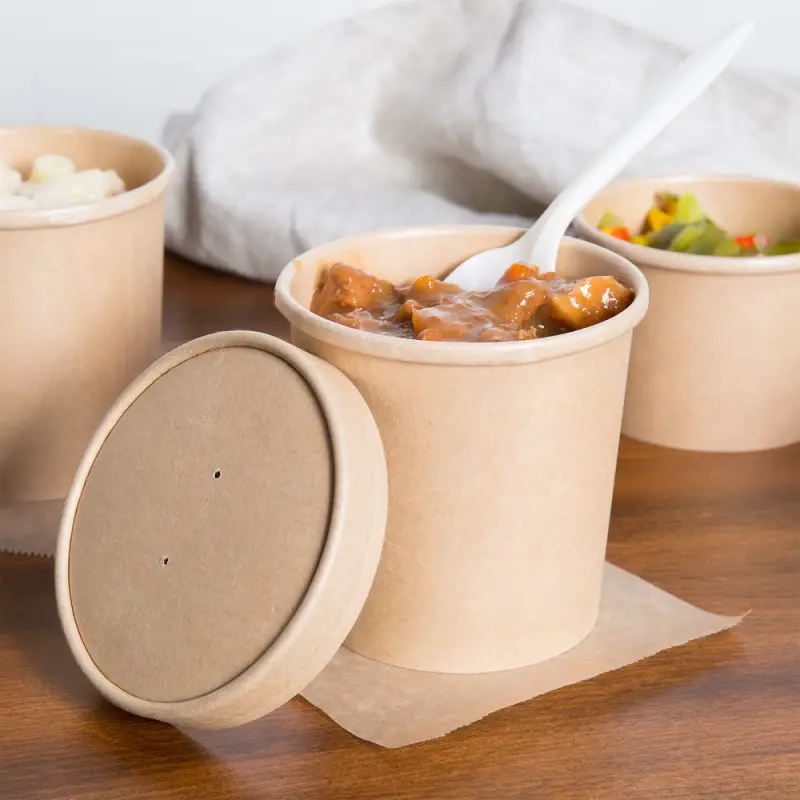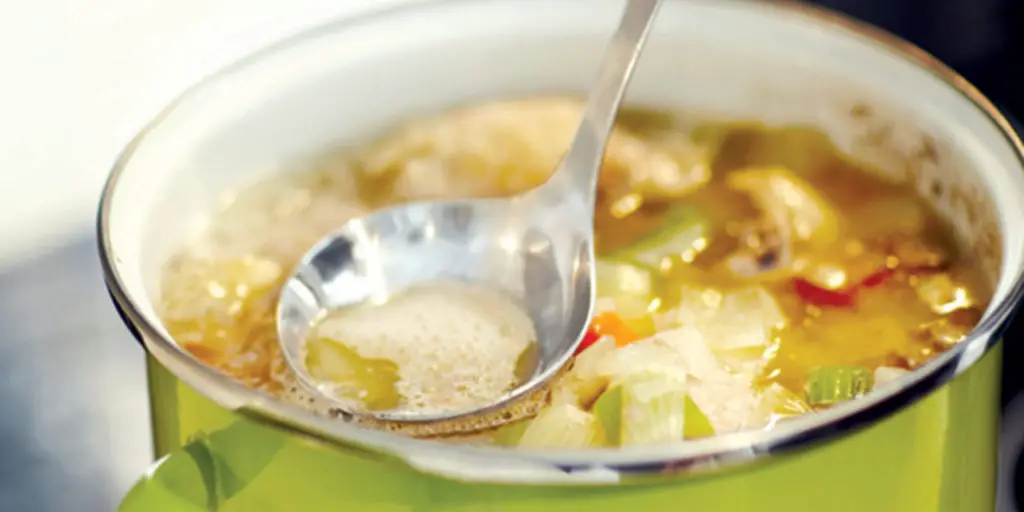Deciding to transport your soup can be a bit unsettling, and this has discouraged many people from embarking on road trips. This is because soups tend to become sloshy and spill when on the move. Such mishaps have been frustrating as one has to deal with the mess and a reduced quantity of their soup.
Can I transport my soup without it spilling? Is there a way I can transport my soup without it spilling?
To ease your concerns, we have discovered and provided all you need to know about safely transporting your soup on your next trip. Tips on how to transport your soup safely have also been included.
Everything regarding transporting your soup safely is right here.
How to Safely Transport Soup

To prevent your soup from spilling on your next trip, we have provided different methods of transporting soup. We have also offered instructions on how to keep your soup warm using these methods. These methods include:
1. Snap-lock Containers
One of the most effective ways to transport your soup safely is by using a snap-lock. This storage container is a locking plastic container with lids that snap onto snaps on the container’s edges. Snap-lock containers can be plastic or glass.
However, we recommend using a plastic container to transport soup safely, especially in batches. This is because plastic snap-lock containers stack easily and are not at risk of breaking when on a bumpy ride. Ensure the snap-lock containers are in good condition.
Your soup is likely to spill if the containers are broken.
2. Heat Your Soup
Heat your soup before pouring it into your container. Also, avoid pouring hot water into your plastic container.
Just pour the hot soup directly into the container, snap the locks properly and stack the containers properly. Then you can use towels to cushion the containers.

3. Use Soup Thermos
An insulated soup thermos is also ideal for transporting your soup. With a thermos flask, your soup is properly sealed and spilling should not be a worry. In addition, your soup retains its heat for about 7 hours.
You do not need to use towels, foil, or thick materials to keep your soup warm. Follow these procedures when using a soup thermos:
- Ensure your thermos is in good condition before using it. Check for signs of cracks as it could reduce the effectiveness of the thermos flasks.
- Ensure your soup is hot before transferring it into a thermos.
- Before pouring soup into your thermos, pre-heat it with hot water and wipe it dry.
- To avoid spilling, make sure the lid is tightly sealed.
- Place it properly in a basket and stuff extra spaces with towels to avoid it shifting.
4. Transport With Mason Jar
Mason jars are effective in transporting soup in small quantities. Mason jars have airtight lids that seal properly. However, they cannot be used to transport hot soups. This is because a sudden temperature change in the jar can lead to a thermal shock.
A crack at the base of the lower jar is a sign that thermal shock has occurred. Follow the instruction below.
- Ensure the mason jar is in good condition.
- Allow your soup to cool before transferring it into the mason jar. Refrigeration or an ice bath can quicken the cooling process.
- Pour the soup content into the jar and seal it properly.
- Avoid stacking mason jars on hard surfaces where they are at risk of breaking. Use towels or thick materials to cushion the jars.
Tips For Safely Transporting Your Soup
These tips would help you transport your soup safely:
- Ensure your soup is hot before transferring it into a container. This keeps your soup warm for a long time.
- Make inquiries about the route you will be taking to determine if the road is bumpy. This helps you prepare better to safely transport your soup. For instance, using a glass container on a bumpy road is not advised due to the possibility of it breaking.
- If there is no alternative to using a glass container to transport your soup, you can cushion the glass containers with towels or thick materials. This helps reduce the impact a bumpy ride may have on your glass containers.
- Stack your containers properly.
- Wrap your containers with foil or old towels to keep your soup warm for a few hours.
- Take a camp gas if you would be embarking on a long trip. You can easily reheat your soup with a camp gas if you need the soup to be very hot.
- Stuff extra space in between containers with towels to prevent shifting that could cause spills when on the move.
- If your soup tastes a bit sour or bland after a long trip, add spices to improve the taste.
- Ensure your insulated container is in good condition before using it.
- Multiple soup containers can be stacked using Cambros, although this depends on the size of the containers and the Cambro.
Final Note
With all of the information available, you won’t have to worry about your soup spilling on your next trip as long as you follow the instructions and advice we’ve offered.
Choose any choice that best suits the quantity and variety of your soup.
Related guides:
- How Long Is Chicken Soup Good In The Fridge?
- Why is my Soup Foaming? (All You Need to Know)
- Do You Drink or Eat Soup?
- Can You Eat Soup Left Out Overnight? Is It Safe?
- Can You Eat Canned Soup Cold?
- Can I Freeze Crab Cream Soup?
- Why Does the Outside of a Bowl of Soup Get Hot?
- How Long Does Potato Soup Last in The Fridge?
- Can You Burn Soup? (What You Should Know)
- Vegetable Soup Shelf Life And Storage Tips








